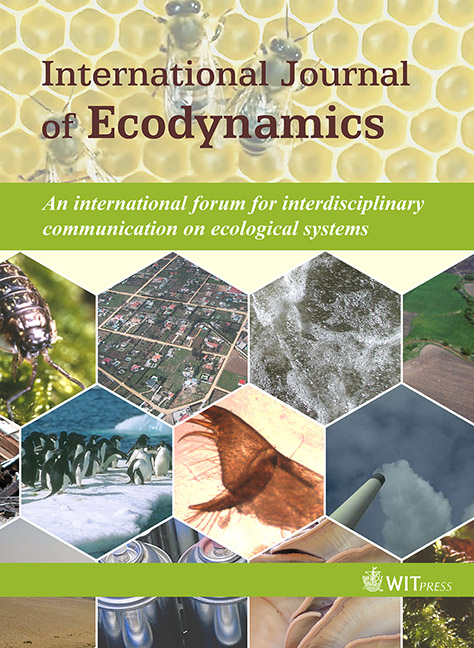Reversibility in science and in engineering
Price
Free (open access)
Volume
Volume 2 (2007), Issue 3
Pages
6
Page Range
186 - 192
Paper DOI
10.2495/ECO-V2-N3-186-192
Copyright
WIT Press
Author(s)
L.-S. Wang
Abstract
Thermodynamic ‘reversibility in science’ is associated with microscopic reversibility which prevails at equilibrium in the limit of spontaneity dissipation. In contrast, the original Carnot reversibility – reversibility in engineering – is the idea that the spontaneity in the transfer of heat from a hotter to a cooler body can be harnessed into useful work – the perfection of this operation is the reversible operation which yields maximum useful work, and thereby ‘conserves’ the spontaneity. Approaching reversibility in science is a simple limiting process, while reversibility in engineering is the ideal limits of real reversible-like machines. The Carnot limit has since been generalized into the Gibbs limit and the Landsberg limit. These reversibility limits inspire and guide the continuous improvement and creation of constructive reversible-like processes driven by various kinds of spontaneity.
Keywords
Carnot limit, equilibrium, Gibbs limit, maximum useful work, quasi-equilibrium process, reversibility, reversible-like processes, spontaneity, spontaneity conservation




